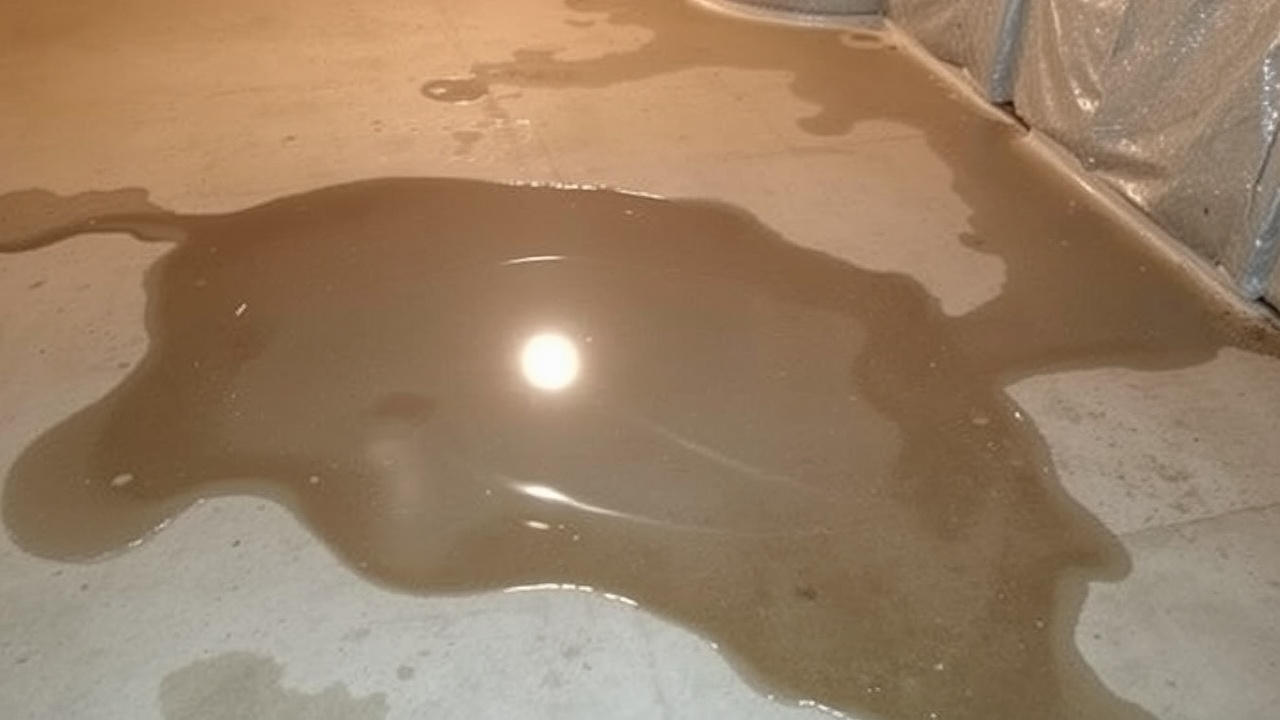Understanding Seepage and Leakage: Key Differences and Solutions
Seepage and leakage are terms often used interchangeably, but they refer to distinct water-related issues that can lead to significant problems in homes. Understanding these differences is crucial for homeowners to effectively address water damage and prevent further complications.
What is Seepage?
Seepage is the slow movement of water through porous materials, such as soil or walls. It typically occurs due to groundwater or surface water entering a structure. This process can lead to dampness and mold growth, causing damage over time. Common areas affected by seepage include basements, where water can infiltrate through walls and floors, leading to visible water and water marks.
What is Leakage?
Leakage refers to water escaping from a pipe, fixture, or drainage system. It is usually more direct and can be caused by cracks, faulty plumbing, or damaged roofs. Water leakage can lead to substantial water damage, necessitating immediate repairs to prevent structural damage and health risks associated with mold growth.
Key Differences Between Seepage and Leakage
- Movement of Water: Seepage involves the slow movement of water through porous materials, while leakage is often a rapid escape from a specific source.
- Causes: Seepage is often caused by groundwater or poor drainage systems, whereas leakage typically results from plumbing issues or damaged fixtures.
- Damage Occurred: Seepage can lead to gradual deterioration and mold growth, while leakage can cause immediate water damage and structural issues.
Common Causes of Seepage and Leakage
Several factors contribute to seepage and leakage in homes:
- Poor waterproofing around the building
- Defective drainage systems that fail to manage rainwater
- Leaking pipes that allow water to escape
- Condensation from poor ventilation, leading to water droplets
- Capillary action that pulls water through porous materials
Signs of Seepage and Leakage Problems
Homeowners should be vigilant for signs of seepage and leakage, including:
- Visible water damage on walls and ceilings
- Peeling paint or wallpaper
- Musty odors indicating mold growth
- Dampness in basements or crawl spaces
- Water marks on surfaces
How to Prevent Seepage and Leakage
Preventing seepage and leakage requires proactive measures:
- Regular inspections of plumbing and drainage systems
- Ensuring proper waterproofing around the foundation
- Installing gutters and downspouts to direct rainwater away from the property
- Using sealants to close any visible cracks in walls or foundations
- Improving ventilation to reduce condensation
FAQs
What is the difference between water seepage and leakage?
Water seepage is the slow movement of water through porous materials, while leakage is a more direct escape of water from pipes or fixtures.
How can I tell if I have a seepage or leakage issue?
Look for signs such as water damage, mold growth, dampness, and musty odors in your home.
What are the health risks associated with seepage and leakage?
Both seepage and leakage can lead to mold growth, which poses health risks such as respiratory issues and allergies.
Should I hire a plumber for seepage and leakage issues?
Yes, hiring a plumber for an inspection is advisable to identify the source of the problem and recommend appropriate solutions.
Conclusion
Understanding the differences between seepage and leakage is essential for homeowners to address water issues effectively. By taking preventive measures and conducting regular inspections, you can protect your property from the damaging effects of water seepage and leakage.
